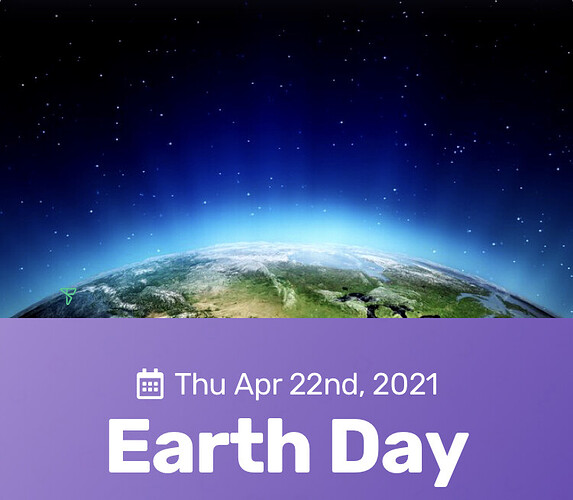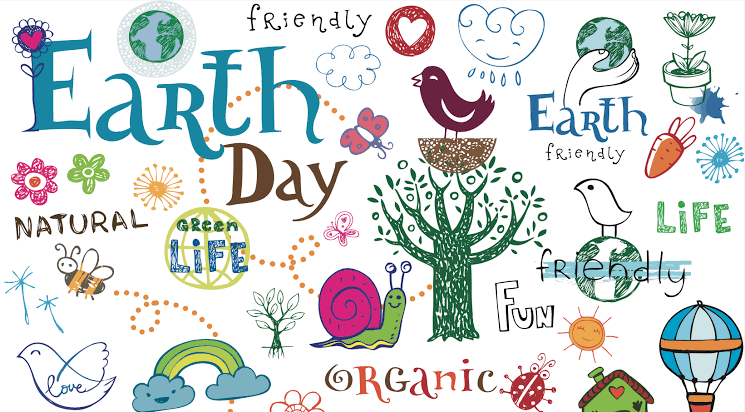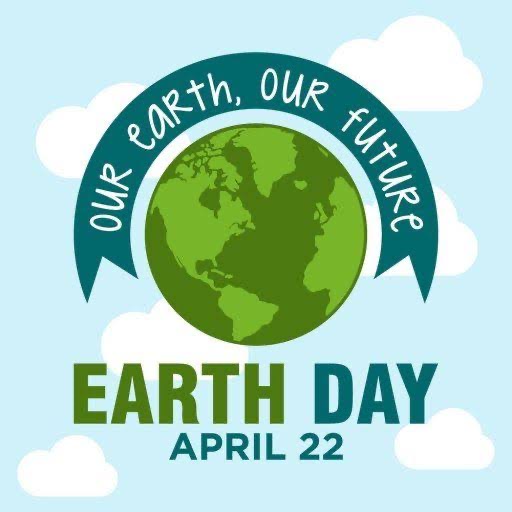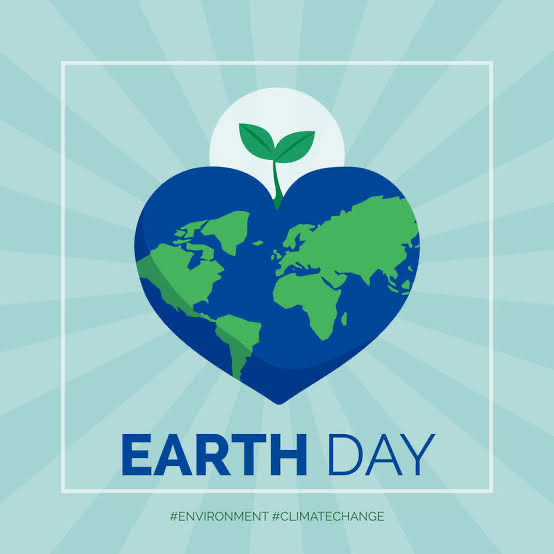It is Thursday, 22 April 2021
(W16/D112/253 rem)
Today is:  Earth Day
Earth Day 
Earth Day  is an annual event held on April 22 to demonstrate support for environmental protection. First held on April 22, 1970, it now includes a wide range of events coordinated globally by EarthDay.org. An estimated 1 billion people in more than 193 countries take part in various Earth Day events and activities.
is an annual event held on April 22 to demonstrate support for environmental protection. First held on April 22, 1970, it now includes a wide range of events coordinated globally by EarthDay.org. An estimated 1 billion people in more than 193 countries take part in various Earth Day events and activities.
Earth Day 2021 will mark the 51st anniversary of this holiday. Typically, Earth Day is assigned a different theme or area of focus each year; this year’s theme is “Restore Our Earth.”
Most years, Earth Day events range from river cleanups to removals of invasive plants. With social distancing still in place for many of us this April, Earth Day has gone digital. Virtual events, such as environmental lectures and films, will take place on Earth Day (Thursday, April 22).
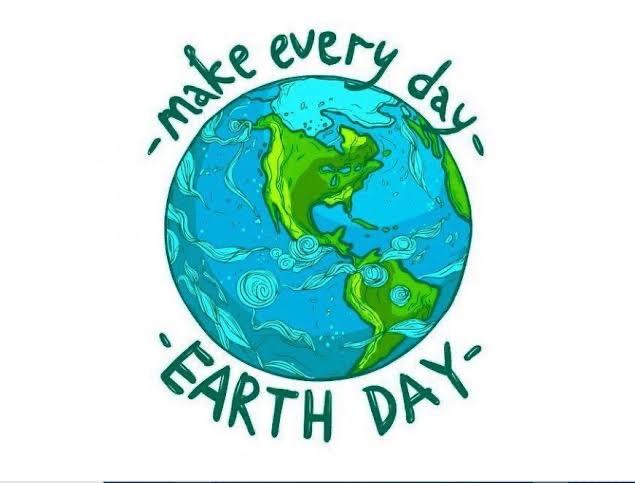
To see a catalog of official events, visit earthday.org.
Of course, social distancing doesn’t mean that you can’t go outside and enjoy nature, as long as you do so responsibly! Nature is not canceled!
As the world’s largest environmental movement and the most widely celebrated secular occasion, with over 1 billion people and more than 75,000 partners involved each year across almost 200 countries, Earth Day has gone from strength to strength over the course of its history.
Founder Gaylord Nelson, a former US senator, thought of the idea after witnessing the 1969 oil spill in Santa Barbara, California. Inspired by the vigor of the student anti-war movement, he believed it was essential that energy was shifted to concerns about air and water pollution.
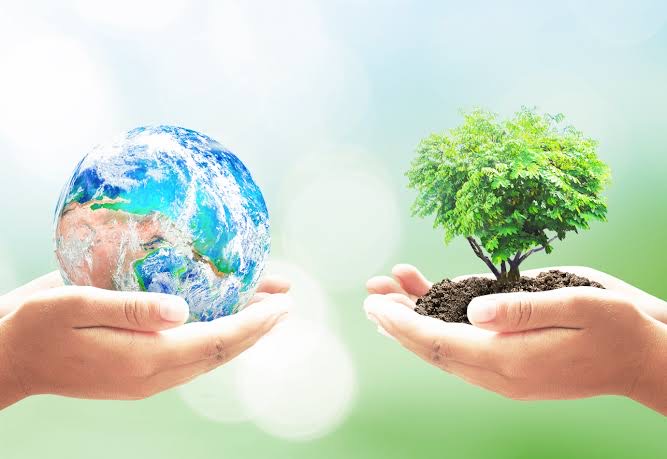
Originally envisioned as a campus teach-in event, Senator Nelson enlisted youth activist Denis Hayes to help organize the first Earth Day in 1970, and the pair opted for 22 April due to where it fell in the academic year, ensuring that the maximum number of students would be able to take part.
The first Earth Day helped put environmental protection on the political agenda and bring about change. That same year the United States Environmental Protection Agency was set up, and soon after various legislation was passed, including the Clean Air, Clean Water and Endangered Species Acts.
It wasn’t until 1990 that Earth Day went global, spreading the message to 200 million people in over 140 countries. By the millennium it had reached more than 180 countries and involved hundreds of millions of participants worldwide. And of course the year 2020 marked the 50th anniversary of Earth Day.
2016’s Earth Day was a particularly special year, as it heralded the United Nations’ adoption of the Paris Agreement. Signed by 175 countries, this international treaty established legally binding targets for tackling the climate emergency, ensuring that as many nations as possible are working together to cut emissions and prevent global warming.
As a day of action, Earth Day aims to promote environmentalism through engagement, activism, education, policy changes and peaceful protest. It has focused on various themes over the years, such as climate change, trees, clean water and a healthy environment for children, and multiple organizations and venues host events that showcase the importance of caring for the environment.
Whether it’s a walk through the woods, picking up litter (while walking!), or buying more Earth-friendly products, here are 10 socially distant, family oriented ways that you can help to care for your planet:
- Support Our Pollinators! - Bring native bees and other pollinating creatures to your garden.
- Clean Up Plastic in Your Neighborhood or Local Park - One of the best ways to connect with the Earth is through cleanups!
- Swap Out Your Kitchen and Household Products - Think biodegradable and no chemicals or plastic. 100% recycled aluminum foil, chemical-free parchment paper for baking, compostable bags made with potato starch, and even vegetable-based inks for their packaging. And chemical-free cleaning products.
- Plant a Tree! - They capture carbon, cool overheated places, benefit agriculture, support pollinators, reduce the risk of disease transmission, and boost local economies.
- Use Wildflowers and Native Plant - Wildflowers and indigenous species are not only beautiful but also attract native and beneficial insects that improve both pest control and pollination—meaning bigger flowers and bigger harvests. They’ll also bring in more pollinators as well as birds!
- Reduce, Reuse, Recycle in the Garden - Caring about yourself and nature means being less wasteful and saving money, too.
- Stop Pesticides and Chemicals in the Garden - Much of this is simply about focusing less on the plant and more on the health of the soil that supports the plant. If it’s nutrient-rich with organic matter, plants thrive.
- Conserve Water! / We waste a lot of water. Avoid overwatering your plants and improve their health by knowing how much your garden really needs. Avoid watering your garden vegetables and plants from overhead, which invites fungal disease. Water at the soil level.
- Think About Your Diet - About one-third of the food that we produce every year goes to waste annually! Usually, this happens after we buy the food. How do we avoid waste in our own lives (and save money)? Also, how can we improve our diet so that it’s healthier for ourselves (and the planet)
- Get Kids Involved - Pass down a love of nature and plants to kids. There are lots of opportunities for hands-on learning experiences outside.
These ideas and activities, and much more info and suggestions are from the Farmer’s Almanac, and if there’s anyone that knows how to look after the Earth it’s farmers. See more here:
The official Earth Day site is also crammed full of projects, ideas, and activities for you:
Be kind to the Earth, and have a most excellent Thursday! 

 Good morning!
Good morning! 
